Archive for the ‘Jerry McGuire’ Category
Entry 1203 — More Boilerplate About Academics
Wednesday, September 4th, 2013
According to Gary Soto’s bio, his poem, “Oranges,” is the most antho-logized poem in contemporary literature. When Jim Finnegan reported this to New-Poetry, I replied, “Sounds like something an academic would say after checking six or seven mainstream anthologies. I may be wrong, but I doubt anyone can say what poem is more antholo-gized than any other, mainly because I don’t think anyone can know about all the anthologies published.”
Jerry McGuire responded to this and that resulted a little while ago (3 P.M.) in the following:
Bob, does it really take an academic to persuade you that a particular instance doesn’t prove a general claim? Even averaging things out, I suspect, people who write poetry for their own purposes–which are enormously varied and not in dispute–don’t strike me as “more adventurous” though I can’t for the life of me figure out what kind of “adventure” you have in mind) than academics who write poetry, some of whom are conservative, some middle-of-the-road, and some well out there beyond the fringe. If you mean, by the way, that academic writers are more likely to respect more elements of the history of poetry and include a greater historical variety among their preferences, perhaps I’d agree with you, intuitively, but I can’t prove it and I doubt you can either. As for “academics are in charge of poetry, and I include many people not employed by colleges as academics. An academic is, by my definition, by innate temperament, an automatic defender of the status quo,” your definition strikes me as self-serving and petty. What you know about my “innate temperament” (“for instance”?) hardly qualifies you to determine what’s “automatic” in my preferences, loves, hates, and particular decisions. As so often, you seem to be nurturing some sort of long grudge, and using the list to air your brute generalizations. Some of us do read these things, you know. And while crude prejudices don’t hurt my feelings–hardened over the years by the contempt of 18-year-olds for their elders–they sadden and disappoint me.
Jerry
On 9/4/2013 1:01 PM, Bob Grumman wrote:
I would claim that academics are much less adventurous (for good or bad) than non-academics–in general. Compare, for instance, the anthology that I would edit if allowed to the anthology David Graham would. Or, hey, compare the one he did edit (on conversational poetry, if my memory hasn’t completely died) with one I edited (on visual poetry). Ignoring which was better (and believe it or not, I would certainly be willing to say they were equal but different in spite of my preference for the poems in mine), consider only which would be considered more adventurous.
Jerry, I used a particular instance to illustrate a general claim. Maybe if I was able to find everything I’ve written on the subject, I could present a fairly persuasive case for my academic/non-academic division but I’m not, so for now will simply have to leave my opinion as just another Internet unsupporthesis. I’ll not be able to get into what adventurous is, either, except to say that Columbus was more adventurous than Captain Shorehugger because he went where none or almost none went while the cap’n went where many had been. The comparison holds even if the latter had found many things of value that had been overlooked by other shorehuggers (which is what the best academics are good at) and Columbus had sunk a hundred miles west of the Azores.
(Note, I can’t lose this argument because I define those you would call academics who are “well out there beyond the fringe as non-academics” since I believe that one employed by a college isn’t necessarily an academic, John M. Bennett and Mike Basinski, two Ph.D. college librarians [but neither of them with any clout at all in the poetry establishment] being cases in point.)
modestly yours, the World’s SUPREME Poventurerer
* * *
Jerry also wrote:
As for “academics are in charge of poetry, and I include many people not employed by colleges as academics. An academic is, by my definition, by innate temperament, an automatic defender of the status quo,” your definition strikes me as self-serving and petty. What you know about my “innate temperament” (“for instance”?)hardly qualifies you to determine what’s “automatic” in my preferences, loves, hates, and particular decisions. As so often, you seem to be nurturing some sort of long grudge, and using the list to air your brute generalizations. Some of us do read these things, you know. And while crude prejudices don’t hurt my feelings–hardened over the years by the contempt of 18-year-olds for their elders–they sadden and disappoint me.
Jerry
in a second post, I wrote:
I skipped the above, mistaking it for just a repeat of what I’d said in my post. I definitely have a long grudge, but when you ask what I know about your innate temperament, I’m afraid a possibly over-sensitive buzzer of yours made you take my words as personal. If you read what I say with care, you will see that I say nothing that would indicate that I consider you an academic, by my definition. I would say offhand that you are surely more of an academic than I. From what I’ve read of what you’ve written, I am sure, too, that you are much less of an academic, by my definition, than the people at the top of the poetry establishment. Just as I am, from some points of view, a terrible academic, since I believe artworks with no words of aesthetic significance cannot be poetry; that a good poem HAS to have some unifying principle (although it may be very difficult to discover and may even be chaos), that what I call otherstream poetry is just a different kind of poetry, not a better kind; that literary criticism is as valuable as poetry; and many other opinions.
Now for a little snarkiness: the belief that academic are not automatic defenders of the status quo is as crude as the belief that they are. And my belief that the majority of those making a living in college English departments are automatic defenders of the status quo is not a prejudice but the result of quite a bit of study and thought, however misguide others may think it. So there. True, an academic study of academics would be helpful if thorough and honest. How about a comparison of all the poetry critics on a list of poetry critics with writings in publications almost everyone would agree are mainstream, like Poetry and The New Yorker and those on a list of those who have written a reasonably large amount of poetry criticism just about never in such publications–like I. You could include the language poetry critics active before 1990, when language poetry became what I called “acadominant,” meaning widely accepted by academics as important, even by the many against–who showed they thought it important by campaigning against it. It proved me right by being confirmed as the right edge of Wilshberia around 1900 with the acceptance of a language poet into the American academy of poets, and mainstream anthologies of language poetry. Something of the sort will eventually be done, but not for several decades, I suspect.
–Bob
.
Entry 834 — More of My Boilerplate at New-Poetry
Saturday, August 18th, 2012
On 8/15/2012 7:42 AM, bob grumman wrote:
Perhaps it’s wrong of me to be bothered by a mainstream critic’s being ignorant of or indifferent to the only significant thing I believe has happened in American poetry over the past century, the discovery and increasingly interesting use of (relatively) new techniques, but I am.
I still don’t have time for you, Jerry, but I’m going to reply, anyway! (Feel honored.)
An individual can’t avoid indifference about some things (like my indifference to the squabbles of the republicrats), but no field’s establishment (and every field has one) should be indifferent about something like visual poetry that a sizable number of people in its field think is important. It took me a long time to accept language poetry (genuine language poetry such as Clark Coolidge’s) as anything but nonsense (although not as long as it took me earlier to accept free verse—although I instantly accepted Cummings’s visual poetry very early when shown what it was doing), but I finally did, because so many people to me were enthusiastic about it. Not that I can accept every poet’s work that others find terrific, but I try to. I’m still working on Gertrude Stein’s.
Some even do both! At the same time! You’d never know it from reading any of the books of criticism Finnegan tells us about.
Definitely.
Not sure what you mean by “ensembles.”
I suspect you’d have any easier time getting one (from a “real” publisher) than I would for any book of mine. I was just reading about Brad Thor, a thriller writer, who was sitting next to a woman on a plane with whom he got talking literature. Toward the end of the flight, he mentioned he was thinking about writing a novel. She told him she was a salesrepresentative of Simon and Schuster, and she’d like to read his manuscript when he was done with it. He did send it to her and it got published by Simon & Schuster, and now he’s making big bucks. I can just see you or me having a conversation with the sales rep. . . .
Oh, and the book I spoke of hoping to write on the last hundred years or so of American poetry would not be a manifesto. The changes I want are very limited: only that the Poetry Establishment notice my kind of poetry—even if they trash it. And that a poet should do his best to master every kind of poetry he can during a lengthy apprenticeship; then focus on his favorite kind, but keep in touch with as many of the other kinds as he can. Too many “advanced” poets are as foolishly indifferent to traditional poetry, particularly formal verse, as traditional poets are to visual poetry and the like.
I thought I had a third demand of the poetry world, but can’t think of it now.
You have me there, Jerry. But it’s as much a problem with the language as with me. I was bringing up my standard belief in the difference I find between “effective” poems and “important” poems. I need different words. My point is simply that even great poems as the one by Hass you mention may be do not significantly enlarge the field of poetry because they add nothing significantly new to it. They will add a new outlook and style, since every poet has a unique outlook and style, and perhaps new subject matter. But new subject just doesn’t seem significant to me. One painter is the first to depict some new species of butterfly, so what? Or a novelist is first to tell us what the life of an Australian aborigine juggler is like. Ditto.
I think the best examples of what I mean are in classical music: I think a case could be made for the view that Brahms’s symphonies equal in effectiveness to Beethoven’s, but Beethoven’s were far more important than Brahms’s. I prefer Richard Straus’s Der Rosenkavalier to any of Wagner’s operas (I think) but Wagner’s operas are unquestionably more important in the way I’m speaking of than Straus’s. Wagner and Beethoven advance their art, Brahms and Straus did not, they “merely” contributed brilliantly to it.
I’ll let you know when I have the right two words or phrases needed to distinguish the two kinds of artists.
l suspect he made use of haiku, too. But however effective you do a good job of showing he was, he wasn’t “significant” in my special sense.
best, Bob
.
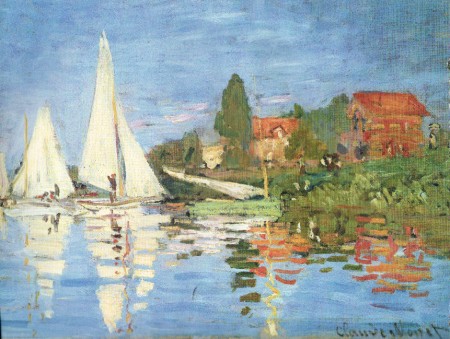
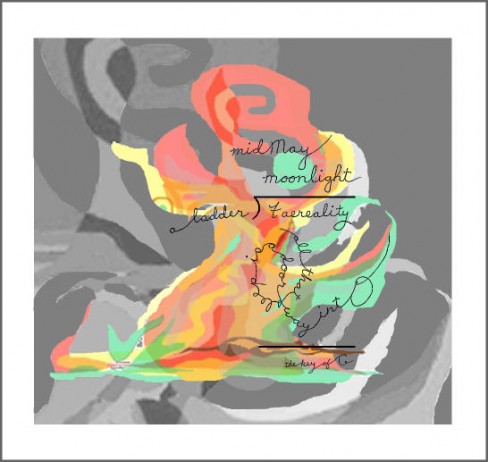
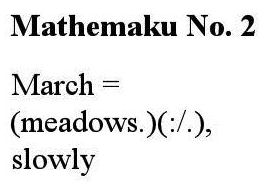
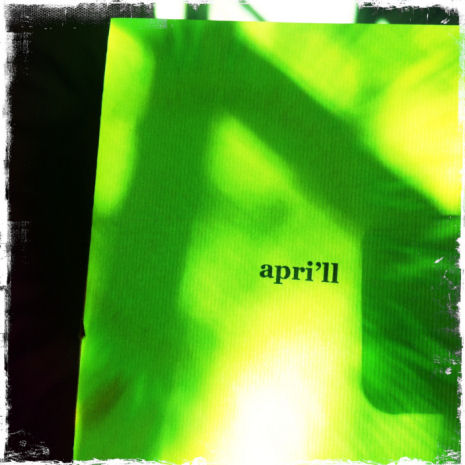


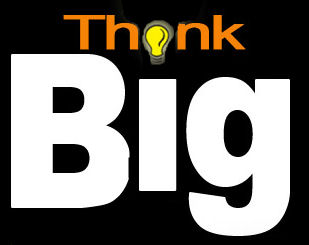
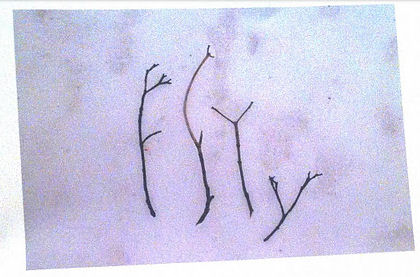
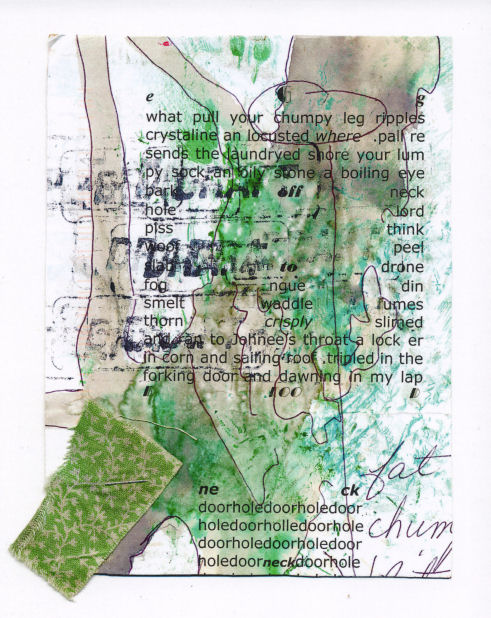
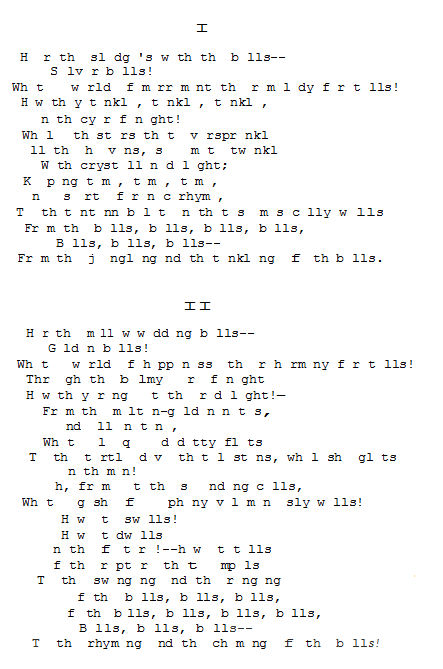
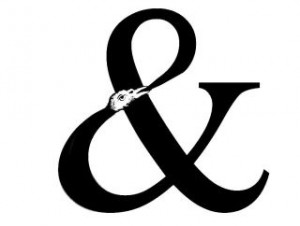
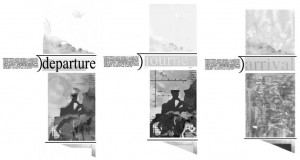
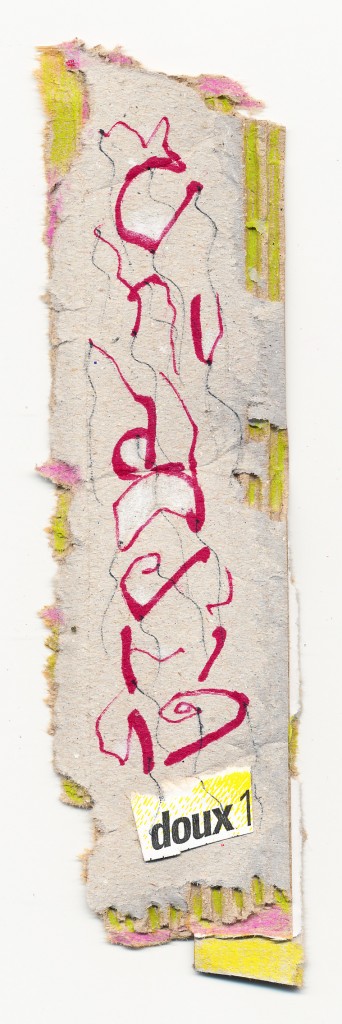
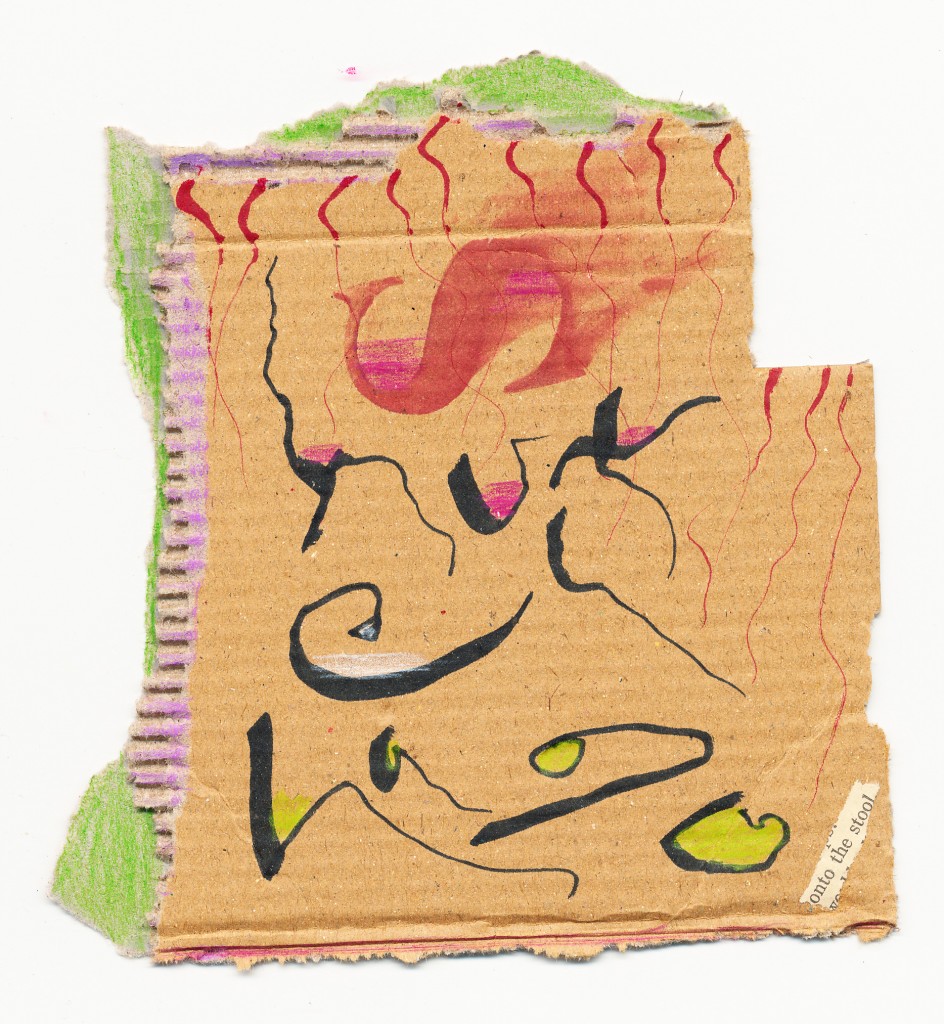
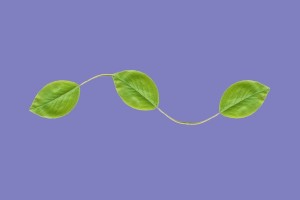
The unusual use of the punctuation marks (it was even more unusual at the time of the conception of the poem), the unusual emphasis on them (I read them, they’re meaningful, and I also see them: small plants, leaves of grass in the state of potentiality) has a strong “visioaesthetic” effect as well. There’s a playful and liric tension between the shorthand formula, and the suspense in slowing down the reading. It is still one of my favorites and I’m proud it has a Hungarian “translation”.
Ha, the fact that it was translated into nothing but symbols indicates it was not visual. I think subjective visual interpretations of symbols nice, but not enough, by themselves, to make a poem visual. Otherwise, Frost’s “Stopping by woods” is a visual poem because the o’s look like snowflakes.
Hey, gotta defend my taxonomy to the very end.
No problem. (I tried to italize the “o” but couldn’t.)
I mean: italicize. The joke is the same.